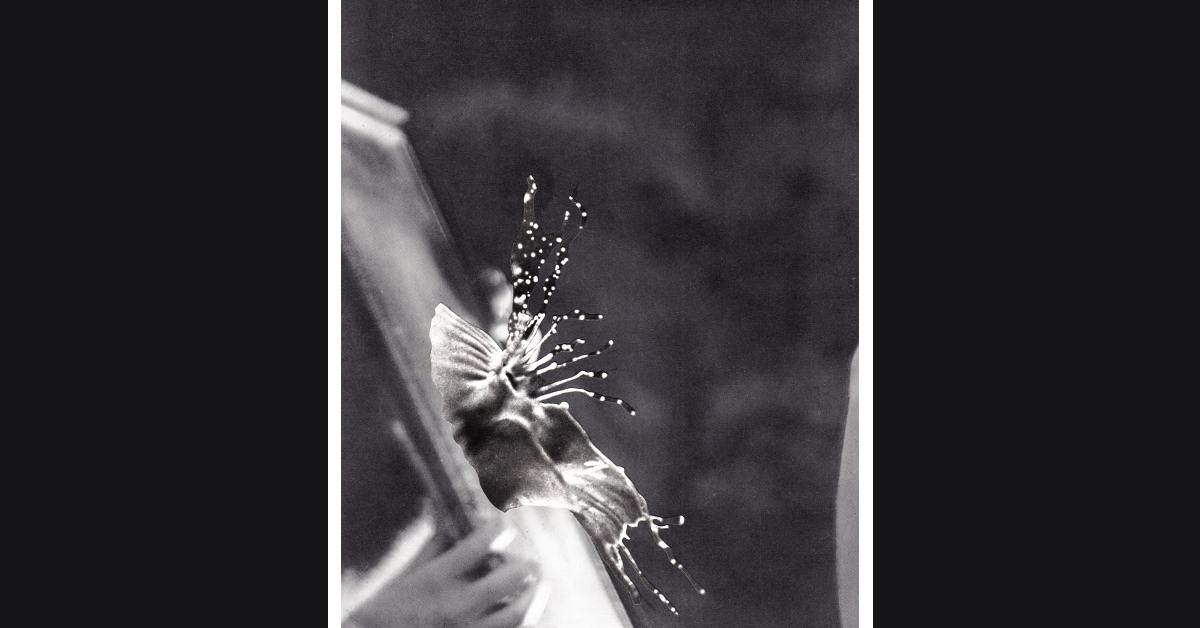In Shirzad Chamine’s book, Positive Intelligence, he refers to Sages, Saboteurs, and PQ, or positive intelligence. It’s a fascinating entreaty on the battle between our higher and lower selves and posits that PQ is the tipping force in winning the battle.
It should be noted, though, that the ideas of Sage and Saboteur have been elucidated very substantively, in other terms, by others. Chamine suggests that a sage needs to empathize, explore, innovate, navigate, and activate. These are all viable steps crafted in an easy to understand format. If you look at the work of Robert Carkhuff, however, one of the most referenced social scientists of the last century, you will see that all of these concepts have been operationalized in a systematic, interpersonal and intrapersonal schematic. The Carkhuff model, first developed and extensively researched in the 60s, is as follows:
| Attend | Respond | Personalize | Initiate |
| Interest | Exploration | Understanding | Action |
As the helper attends, responds, personalizes, and initiates, the helpee, correspondingly, becomes interested, explores, understands, and takes action. The responding skills demonstrate how to be empathic. The model shows how to help yourself and others explore where you are and where you want and need to be. The skills of personalizing, and the helpee effect of understanding, bring into play the need to innovate and navigate. The initiative skills lead to action for yourself or for others and represent what Chamine would say is activation. The Sage is able to do all of these skills well with deeply steeped experience and expertise
Chamine also lists the ten saboteurs that can undermine our Sage intentions and lower our level of consciousness. Again, the origins of these ideas have been thoroughly researched in the past. In the 1940s, Gurdjieff brought tremendous wisdom to the East with the introduction of the enneagram. The enneagream is a personality test with 9 personality types and 7 levels of health within each type. Chamine’s 10 saboteurs can be linked to the 9 enneagram types particularly at the lower levels of health. If you search ‘Enneagram Levels of Health’ on Google these are nicely laid out.
The chart below illustrates the direct comparison of the 10 Saboteurs to the 9 personality types. The Sage and the Saboteurs are embedded in the levels of health. In my mind, the enneagram gives far greater depth and meaning to Chamine’s construct, but he never mentions the enneagram in his book. It’s another example of trivializing, privatizing, and commercializing a larger idea. What’s really striking is that Chamine lists his saboteurs in exactly the same order as the enneagram’s nine types but makes no reference to the earlier work. This correlation seems to be more than coincidence.
| Chamine’s Saboteurs | Enneagram Type | Enneagram Sage | Enneagram Saboteur |
| Stickler (Perfectionist) | 1 | Wise Realist, Principled Teacher | Judgmental, Intolerant Perfectionist |
| Pleaser (Rescuer) | 2 | Caring Altruist, Nurturing Helper | Self Important Saint |
| Hyper Achiever (Competitive Performer) | 3 | Authentic and Self Assured Achiever | Self Promoting Narcissist, Exploitative Opportunist |
| Victim (Attention and Affection Seeker) | 4 | Inspired Creator,Self aware and self revealing Seeker | Self Indulgent Exceptionalist, Alienated Depressive |
| Hyper-Rational (Rational Processing – Private) | 5 | Pioneering Visionary,Focused Innovator | Provocative Cynic, Isolated Nihilist |
| Hyper-Vigilant (Always anxious) | 6 | Valiant Hero,Engaging Friend,Committed worker | Authoritarian Rebel,OverreactingDependent |
| Restless (Seeking greater excitement) | 7 | Ecstatic Appreciator,Free-Spirited Optimist | Excessive Materialist, Impulsive Escapist |
| Controller (Need to take charge) | 8 | Magnanimous Giver,Constructive Leader | Confrontational Adversary, Ruthless Outlaw |
| Avoider Focused on positive and pleasant) | 9 | Self Possessed Guide,Supportive Peacemaker | Resigned Fatalist, Denying Doormat |
| Judge (Always finding fault with self and others) |
In the book, Beyond the PIG and the APE, Krisna Pendyala commercializes this idea to an even simpler level by providing clever acronyms to explain two saboteurs both of which happen to operate primarily with unhealthy Type 7s. He uses PIG as an acronym for Pursuit of Instant Gratification and APE as an acronym for Avoiding Painful Experience. The Pig and the Ape are both potential saboteurs whom we need to be able to identify and let go before they drag us into lower levels of consciousness and unhappiness.
The PQ story is a little more current and is based on recent scientific research demonstrating the phenomenon of neuroplasticity and the recent discoveries about the brain. In short: what fires, wires. The key to increasing PQ is awareness. It’s impossible to make the choice to operate from your sage consciousness is you are unaware of the saboteurs that drag you down to a lower level. According to Chamine, the “Judge” rules the survivor brain which fuels your saboteurs. With high PQ, you can free your Sage to use its productive powers. You raise your PQ by practicing awareness and “self-remembering.”
There are many practical exercises that can help you increase your awareness. Just starting at the very basic level, you can boost your awareness by paying attention to sensations in different parts of your body. Rub your fingers together. Wiggle your toes. Listen for your heartbeat. Scan your body for points of tension. Meditate.
Dr. Artie Egendorf, founder of Energy’s Way, has identified twelve moves that can significantly heighten awareness. The idea is to become more aware of your awareness of every sensation and every movement. You begin to dance with life. For a full explanation of this methodology, go to www.energysway.com.
Due Quach, founder of Calm Clarity, teaches specific skills for increasing resiliency and for shifting into parts of the brain that trigger positivity. For a full explanation of her story, the science behind her methodology, and the specific applications go to www.calmclarity.com.
So what’s the point? Both Chamine and Pendyala have written clever, commercial books to help us more deeply understand how we operate at different levels of health and how we can use awareness and positivity to increase our performance and well-being. While they have made significant contributions to making these ideas more readable and accessible, they fall short on two counts. One, there is scant reference to the substantive body of research that underlies their theories. And, two, they give the false impression that increases in happiness and performance can easily occur if we are more aware of the animal/saboteurs who are dragging us down, and if we practice some simple exercises. It’s my belief that the scholars who proceeded us deserve more credit for the work they have done, and that real change requires more effort. New science-based methodologies, such as Energy’s Way and Calm Clarity, offer specific skills for achieving higher positivity and performance.

Also published on Medium.




[…] a terrible human tragedy that we build walls around us and between us. They keep us closed to fresh, new ideas and positive energy. I know we can’t open every door to everyone, and I appreciate the challenges of inclusion as […]
[…] a later follower of Lao-tzu, used a vivid analogy to convey the message that contentment is in the very nature of all living beings. He wrote, “Amid the exuberance of woods, a bird needs […]